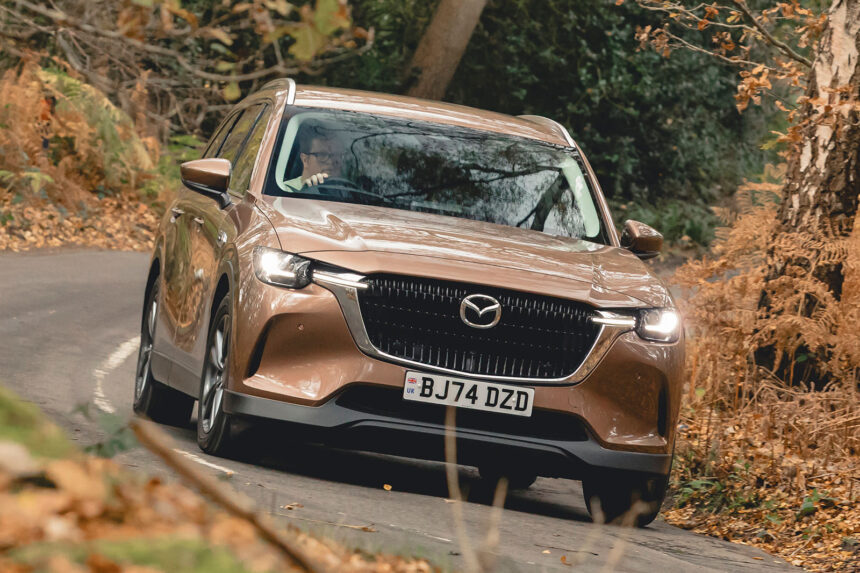Mazda has introduced two distinct powertrains for its latest CX-80 model – a 3.3-litre straight-six turbodiesel and a 2.5-litre four-cylinder plug-in hybrid petrol. These options offer unique driving experiences and cater to different preferences of car buyers.
The 2.5-litre plug-in hybrid petrol engine, although falling just short of the 40-mile electric range required for a lower company car tax band, is expected to be the more popular choice in the UK market. However, Mazda’s expertise in PHEV powertrains seems to be still developing, as evidenced by some drawbacks in the CX-80.
When running on electric power, the motor emits a slight squeaking noise and offers decent low-speed performance for about 30 miles before the battery depletes. The transition to the petrol engine is not as smooth, with noticeable vibration and noise. Despite strong performance, the car lacks refinement and efficiency in combustion mode.
On the other hand, the 3.3-litre diesel engine provides a better driving experience. With 406lb ft of torque, it delivers effortless power and smooth acceleration. While not as refined as some competitors, the diesel engine performs well, especially on motorways where it can achieve close to 50 mpg.
Overall, the Mazda CX-80 offers a choice between innovative powertrains, each with its own strengths and weaknesses. Whether opting for the efficiency of the plug-in hybrid or the performance of the diesel engine, drivers can expect a unique driving experience in this SUV.




